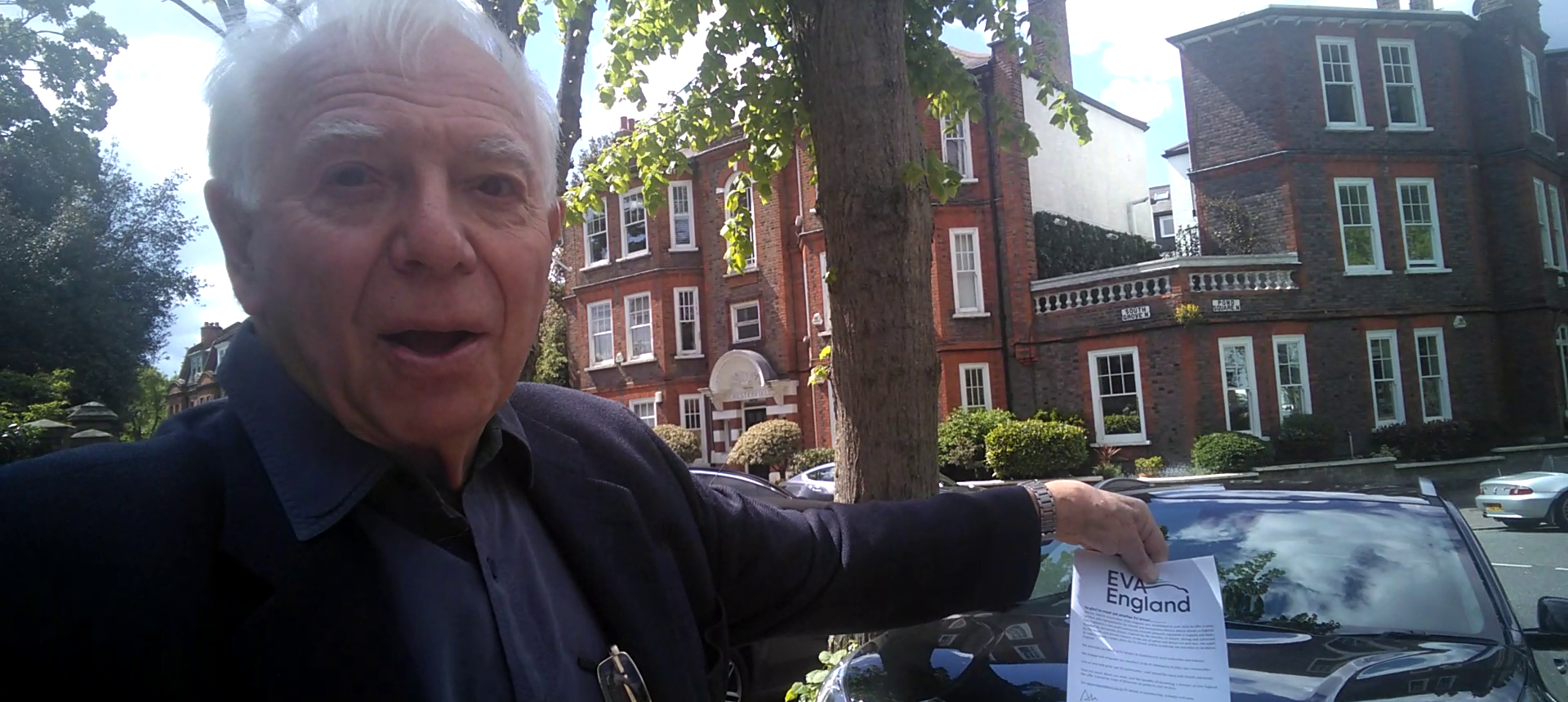


Dr Alan Cooklin is EVA England’s Vice Chair, and one of its founding members. He is a determined champion for the improvement of air quality, and interventions to counter climate change. Alan is also passionate about renewable energy and generates his own power.
In this blog post, he shares with us the story behind EVA England’s funding, its journey so far and why its work is critical.
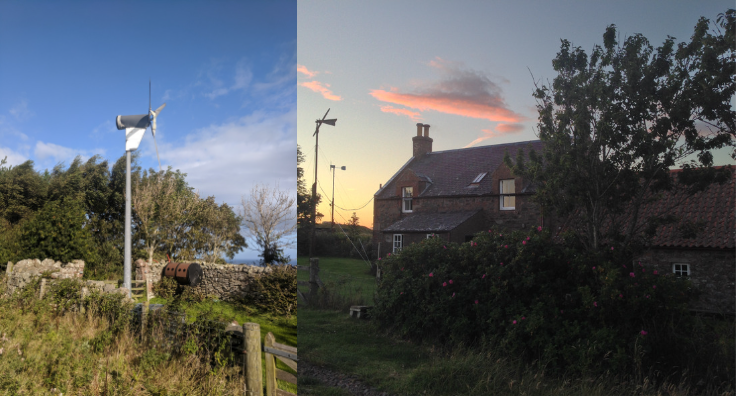
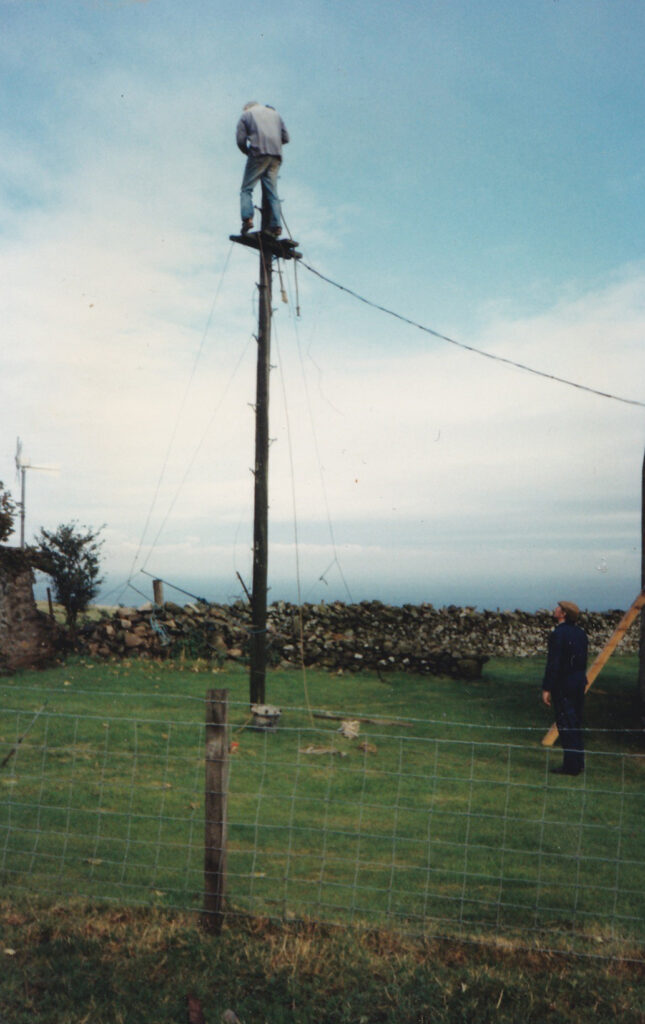
Although my personal history had included some generation of renewable electricity since the 1960s, (Yes that’s me up the pole!) I had stubbornly stuck to my SAAB convertibles for many years – mainly because I loved convertibles.
Then after a year or so with a diesel version I noticed I was sometimes feeling queasy, and that my asthma seemed a bit worse.
That tipped the balance so I switched to my first BMW i3 in 2017. It was great to drive – if a bit bumpy on Dorset country roads, but I became a convert almost overnight. The queasiness went and my asthma did improve!
We frequently drove the 160 miles to West Dorset, and took it is at part of the deal to stop and charge (the car and self) for half an hour: that is until we faced the (at that time) increasing numbers of out of order charge points especially on motorways. During one such stop in 2018, when we found that all the CCS and Chademo ‘pumps’ were out of order – and had apparently been so for some weeks by then – my rage overcame my shyness and I began to share notes with a similarly frustrated driver, Bridget Phelps, who became later our first chair!
So much for the anger, but I had already fallen in love with my EV. So that, combined with my research on the relatively recently and increasingly un-earthed, but terrifying, evidence of the damaging effects of both nitrous oxide and particulate pollutions, as well as many others since discovered, on young children, pregnant women, the elderly (like me!) as well as many, many, more with vulnerabilities on brain, cardiovascular, and almost all other organs, fed a passion that we must fight for the change to battery electric vehicles. There was much I did not know then, and in this field we are going to go on learning for many years to come.
So I thought: ‘I must get in contact with and offer to help with the Electric Vehicle Association’. Googling showed up great ones in Scotland, Norway, and the USA. I could not believe that there was no consumer association to meet the needs of EV drivers in England, to counter the mis-informed hostility by many to EVs, and to promote vehicles with zero tail pipe emissions.
I contacted Fully Charged, Zap-Map and others, who all said it was ‘not their thing’, and that they did not know of such an association. Eventually I was put in touch with Daniel Brown from the Renewable Energy Association. He was interested in the idea, said he knew of two previous attempts to set up an association which had both failed, tho’ he was not sure why. That felt like a challenge to me that it was difficult see off. He gave me some names, and suggested I talk to EVA Scotland and Norway. That was wise counsel, but first I called that person – who had so stuck in my memory – Bridget Phelps.
Although she sounded interested, she did not sound thrilled at first, but within a few weeks Bridget and I had met, then I met Dan Brown, Gill Nowell, and together we were in touch with Warren Philips and Rolle Nieminen. That was the fledgling board, finally incorporated as a Community Interest Company in June 2020.
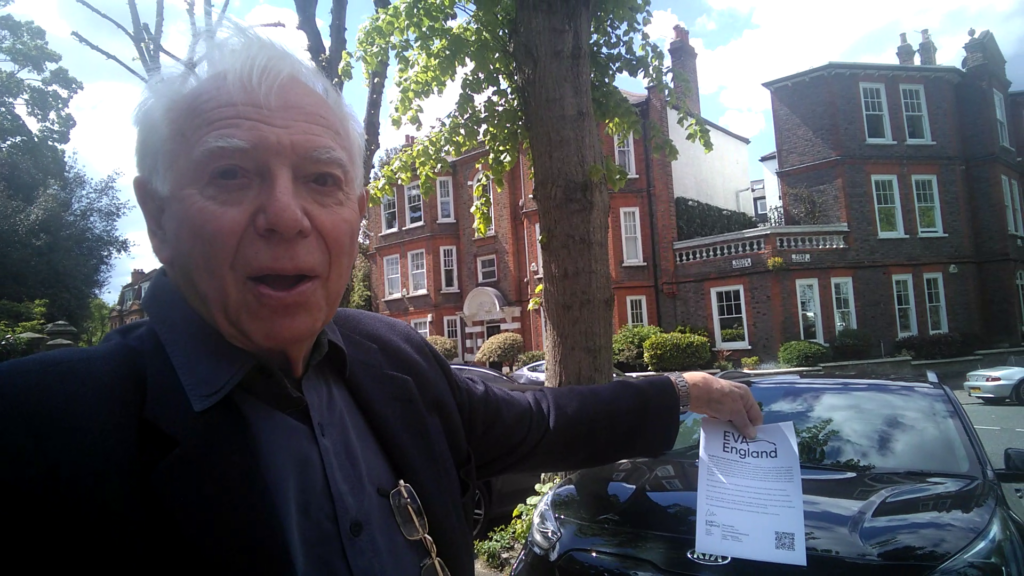

So, for two years that group, later joined by Gwynneth Page, as our first Finance Director, and Aseer Khalid, worked hard as volunteers to create a vibrant association. These were heady times.
We – the board of directors – were a diverse group, all still volunteers until we were joined by Christina Hink (now Dan Brown’s fiancée) as our first paid staff member from our initial seed funding.
The skills and experience stretched from Aseer and Rolle, who knew of the industry from inside, Gill and Warren who were expert in the digital world and data, to Bridget and myself who came from health and social care.
Somehow the group gelled and was very productive in those first two years.
We engaged actively with all the different government departments concerned with EVs (and through their frequent changes of name!) OLEV, OZEV, BEIS, Department of Transport), and more as well as multiple All Party Parliamentary Groups, and independent groups such as CENEX, New Motability, New Automotive, Transports and Environment and many others.
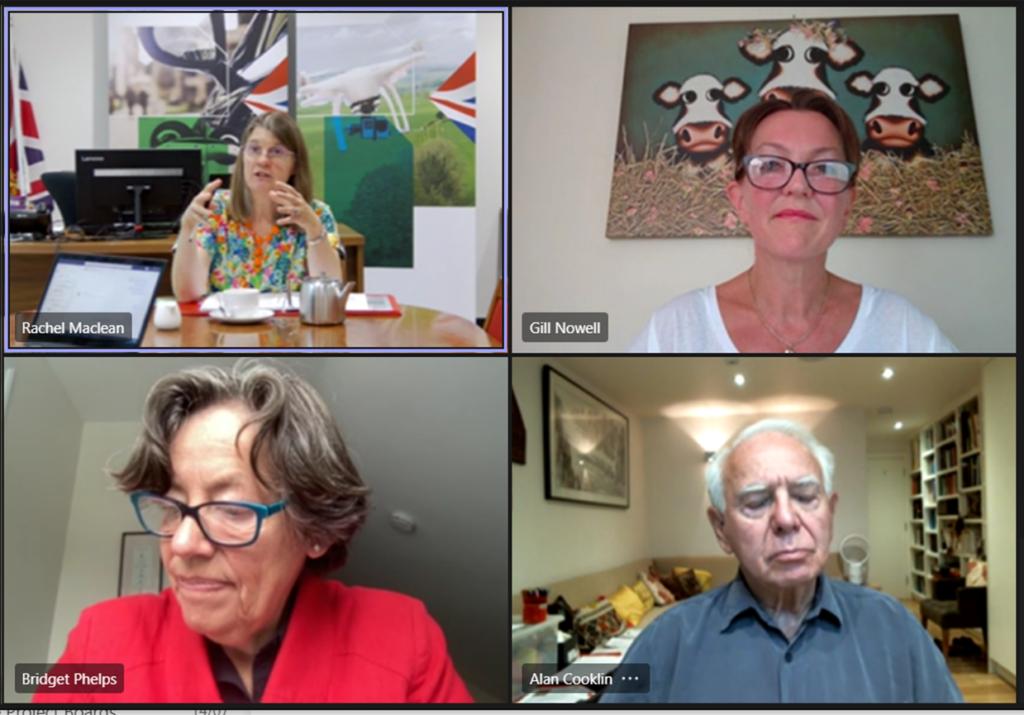
We also engaged with Plugin America, GEVA, as well as with the EVA’s in the devolved administrations, and European EV associations.
Our first major survey of over 1,100 drivers gave strong support to then then government’s eventual commitment to ban the sale of petrol and diesel cars from 2030. The Board also responded to the Treasury’s call for evidence on Vehicle Excise duty, launched to industry at the Zemo Partnership and Ministerial-backed EV Energy Taskforce (EVA England now sits on its consumer-focused working group). In addition, EVA England responded to the Competition and Markets Authority EV Charging Market Study, the results of which can be found online, and provided evidence to the Transport Select Committee on Zero Emission Vehicles and Road Pricing.
A key piece of work was to run a survey of over 1,250 EV drivers which fed into EVA England’s response to the Government’s consultation on the consumer experience on public electric vehicle chargepoints.
Since EVA England’s funding, we also worked with the industry and media to share drivers’ views on different topics, and working closely with New Automotive and Octopus EV to deliver a case study campaign to bring real EV drivers views and experiences to a wider audience.
From the outset, EVA England worked hard behind the scenes to push for EV drivers’ voices to be heard in EV-related decision-making, and in the media (coverage in The Times, The Telegraph, Good Housekeeping and Fully Charged amongst others is a testament to this). In addition, we worked to establish member benefits with partner organisations, which have both grown and changed over time.
EVA England is now, after some more substantive funding, a transformed animal, with a dynamic CEO and Membership Manager having replaced and expanded the work of the volunteer board, evidence of whose work is very apparent on the website and in the newsletters.
So some may ask is a national EV association still needed, given the encouraging increase in EV sales (actual and as a proportion of all sales), and the improved – if in some areas still patchy – chargepoint situation.
My answer is that at this critical time it is needed more than ever.
Here’s a few reasons:
There’s a few thoughts, I hope members will contribute many more.
EVA England is committed to being the voice for EV drivers in England and empowering its members to advocate for clean, zero-emission transportation. if you’re not a member yet make sure to join EVA England so that together we can make our voices heard.